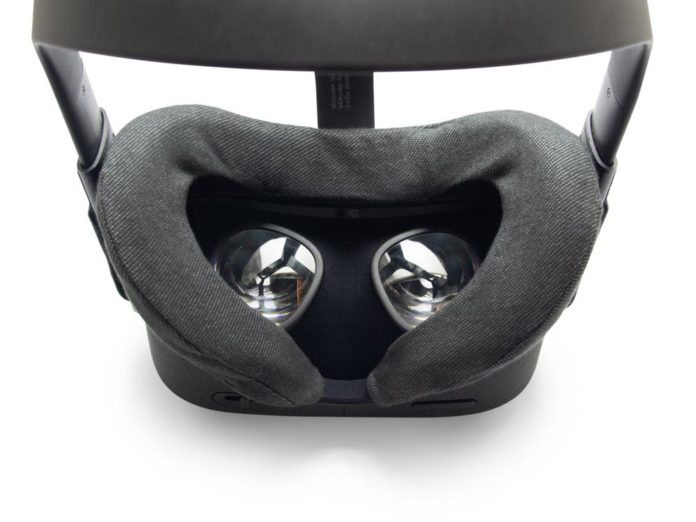The VR Cover may provide the Oculus Quest a solution to its latent discomfort.
The standalone Oculus Quest VR headset is currently receiving critical praise across the Internet for its high accessibility and low friction. Following a celebrated launch late last month, the Quest is now sitting at a 4.6 review score on Amazon. So it’s hard to imagine that Quest fans (of which I consider myself a big one) have anything but nice things to say about its wholly untethered design. Unfortunately, the Quest has one major flaw that’s difficult to overlook.
In order to pack in all the tech that keeps it running independently, Oculus needed to sacrifice the wieldy-ness of the original Rift CV1 design that the Quest is based on. As a result, there seems to be a trend of users complaining that the Quest is poorly balanced in terms of weight, that it leaves marks on their foreheads, and that it simply isn’t pleasant to wear for any prolonged period of time.
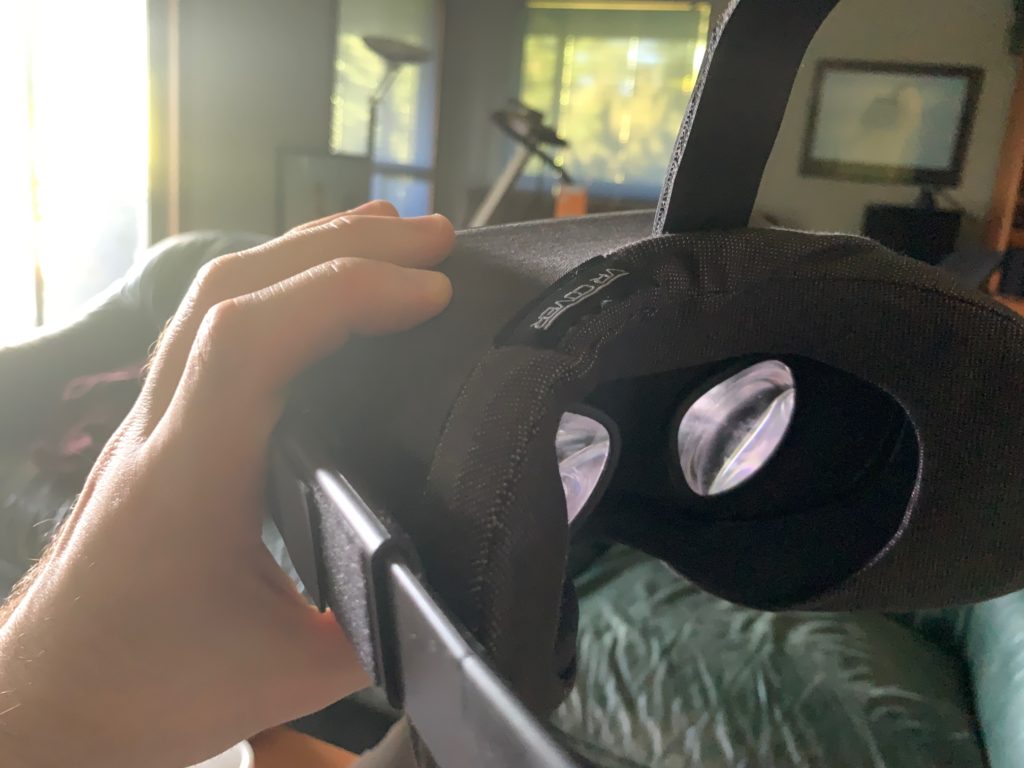
After spending three hours in the pleather Oculus Quest Foam & Interface Basic Set and another three hours in the machine-washable cloth Oculus Quest VR Cover, I found that the latter completely mitigated all comfort issues I’d had with the bare Oculus Quest facial padding.
It’s possible that I simply react better to cloth than I do to pleather, but I was able to complete multiple workouts in BOXVR and Dance Central VR without the usual red marks left across my face and forehead afterward.
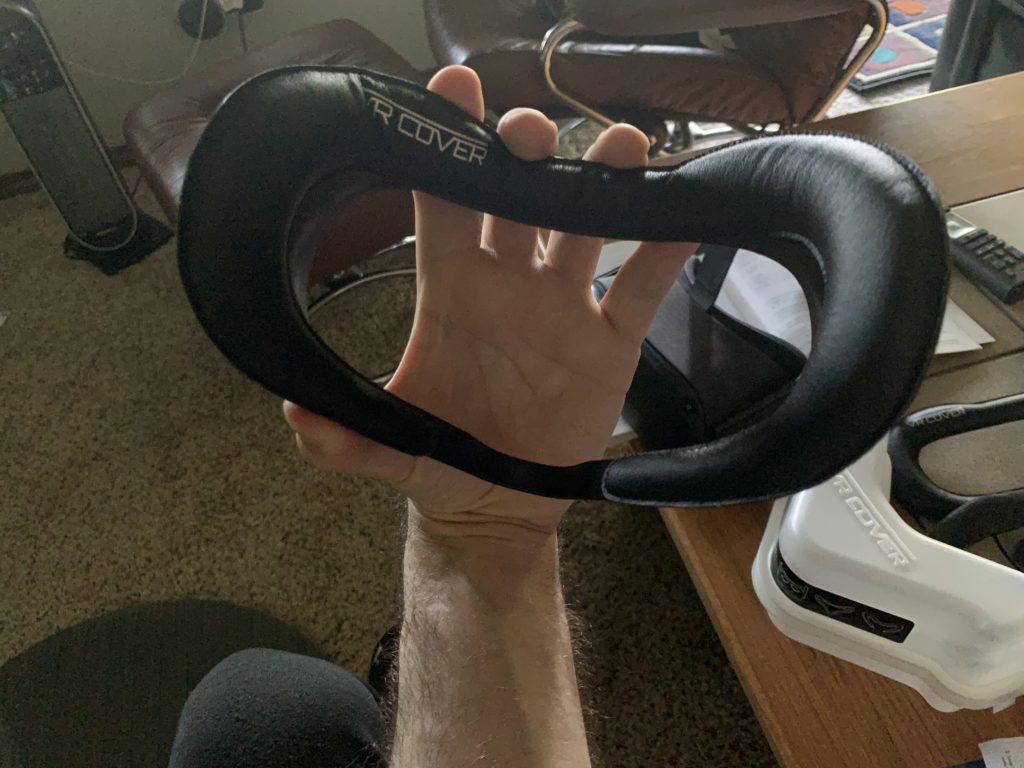
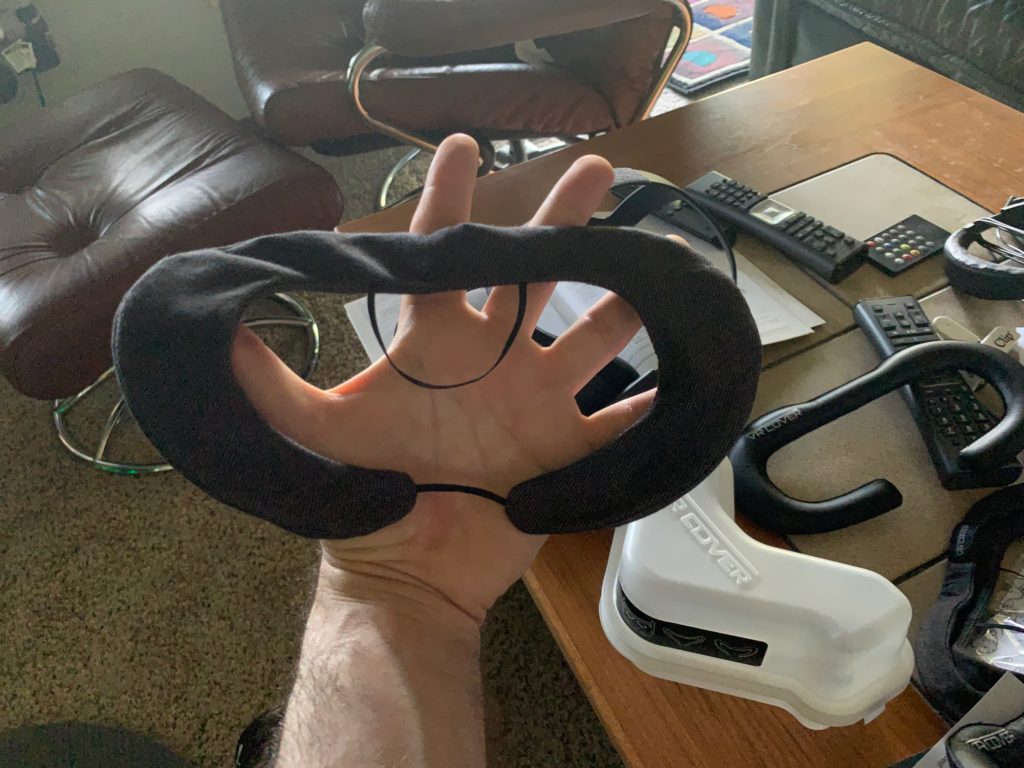
When you purchase the basic Oculus Quest VR Cover, you can expect to receive:
- Two cloth covers.
- A lint-free cleaning cloth.
- A quick setup pamphlet.
And the Oculus Quest Foam & Interface Basic Set will instead come with:
- A facial pad with velcro lining.
- Two pleather covers.
- A lint-free cleaning cloth.
- A quick setup pamphlet.
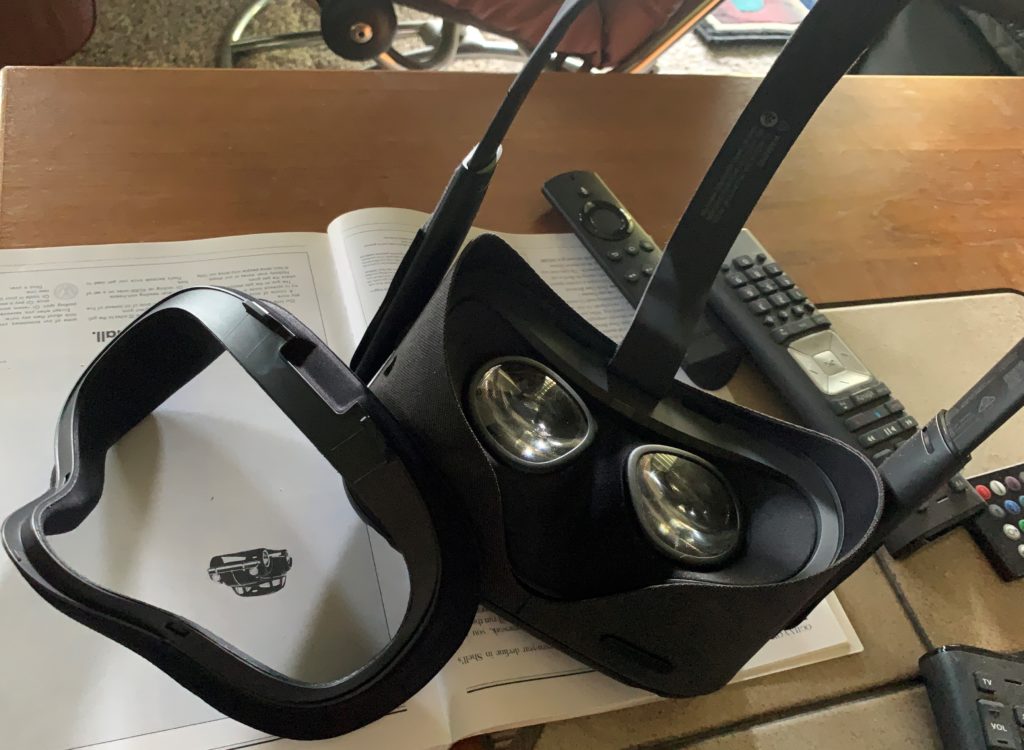
The difference between both, besides the price ($19.99 for the cloth VR Cover and $29.99 for the pleather Oculus Quest Foam & Interface Basic Set), is in how each one sits on your face. The pleather VR Cover consistently dug into and irritated my cheeks, and I found it more difficult to keep the headset on while getting into my BOXVR rhythm.
The regular cloth VR Cover, however, sat much more comfortably once I adjusted the straps on top and on both sides of the headset. As with the other cloth covers from VR Cover, this one will soak up your sweat and reduce the chance that you’ll grunge up your headset by sweating through the styrofoam padding. The benefit of using the pleather cover, on the other hand, comes from how easy it is to clean it. Simply wipe it down with alcohol after you’ve finished playing.
From a utility standpoint, it’s unpleasant to sweat directly into the Quest’s factory foam padding. In fact, I waited to get the VR Cover in the mail before going hard in both BOXVR and Dance Central VR. But I’m certainly glad that I did. VR Cover provides a set of armor that separates your face from the headset.
For those of you who want to jump into VR for a full 2.5 hours of battery life (or more) with increased comfort, this is a no-brainer. Functionally, the two covers are exactly what we got on other headsets such as the Oculus Rift CV1. But they make a much more pronounced difference on the Quest — a device that is far more front-heavy, and less comfortable as a result.
Our final verdict is that the cloth VR Cover is an essential purchase if you own an Oculus Quest, regardless of whether or not you personally have an issue with how the headset fits on your face. Despite having a less-than-stellar time with the pleather VR Cover from the foam replacement set, I know that I’m going to continue washing and reusing the cloth cover for as long as I own an Oculus Quest.
It’s worth noting that VR Cover sent us a package of items for this review. According to the company’s website, cloth VR Covers aren’t set to ship until June 20th at the earliest. Meanwhile, pleather Oculus Quest Foam & Interface Basic Sets are projected to ship out on July 10.

